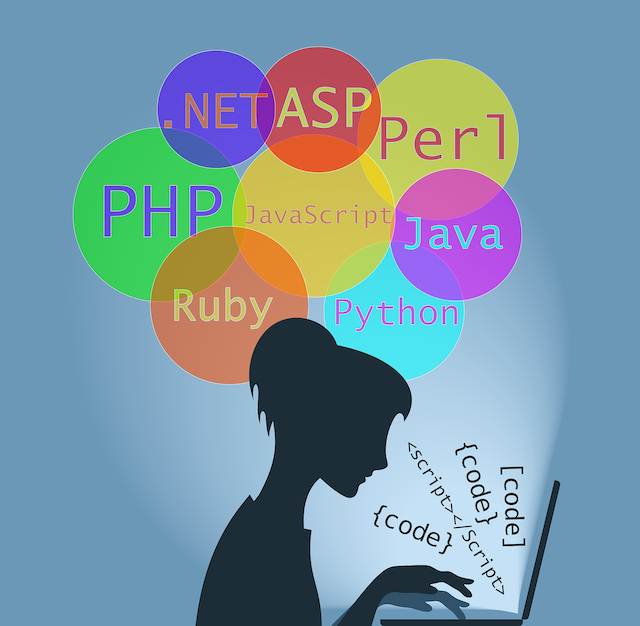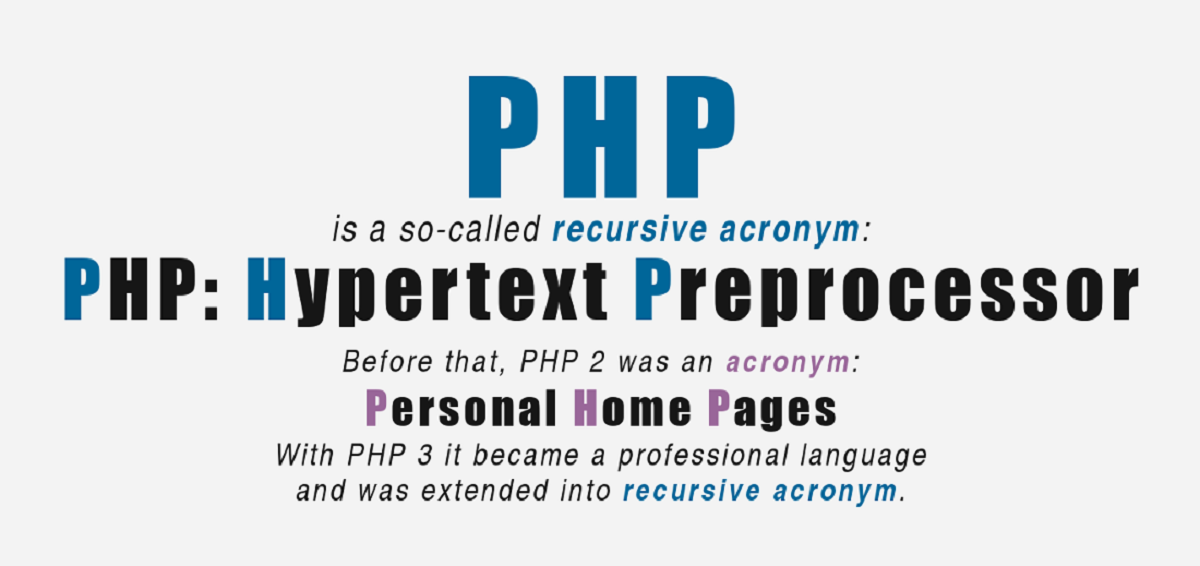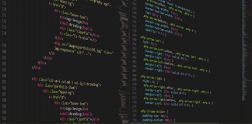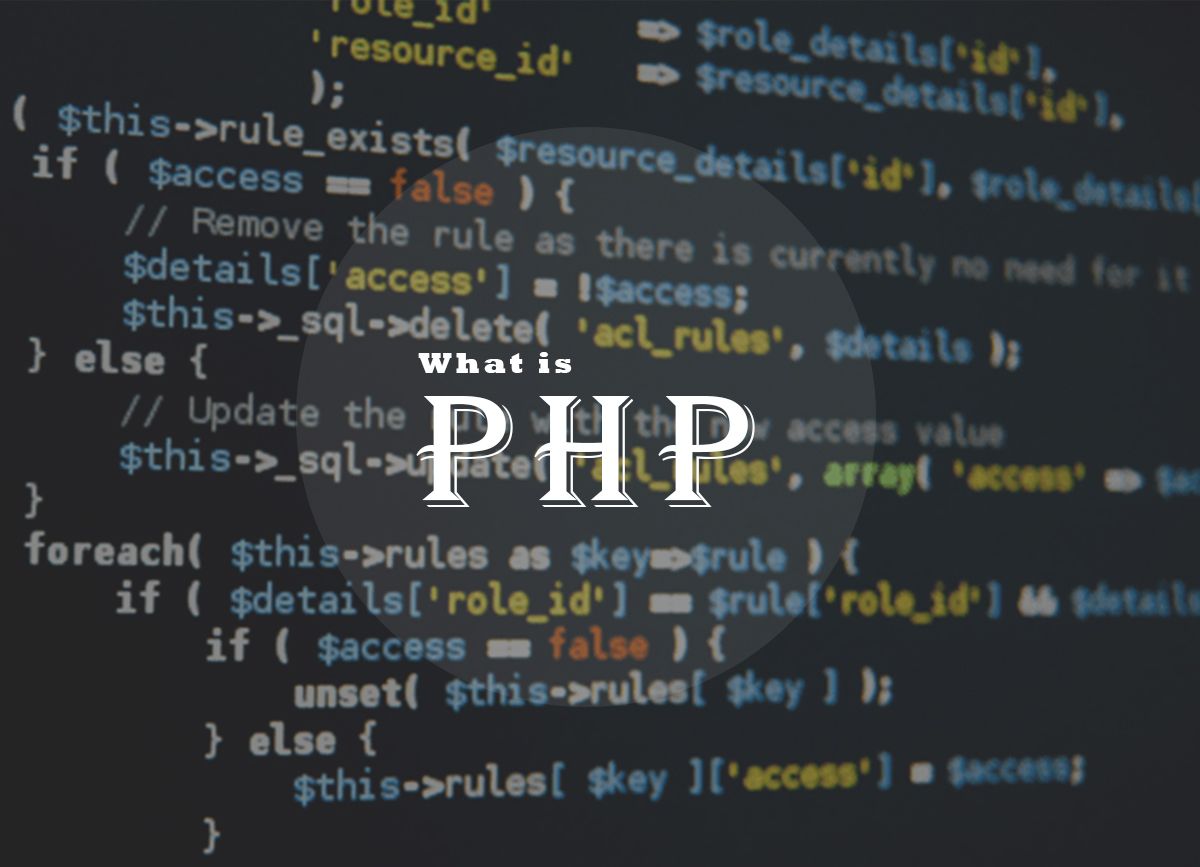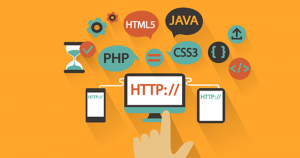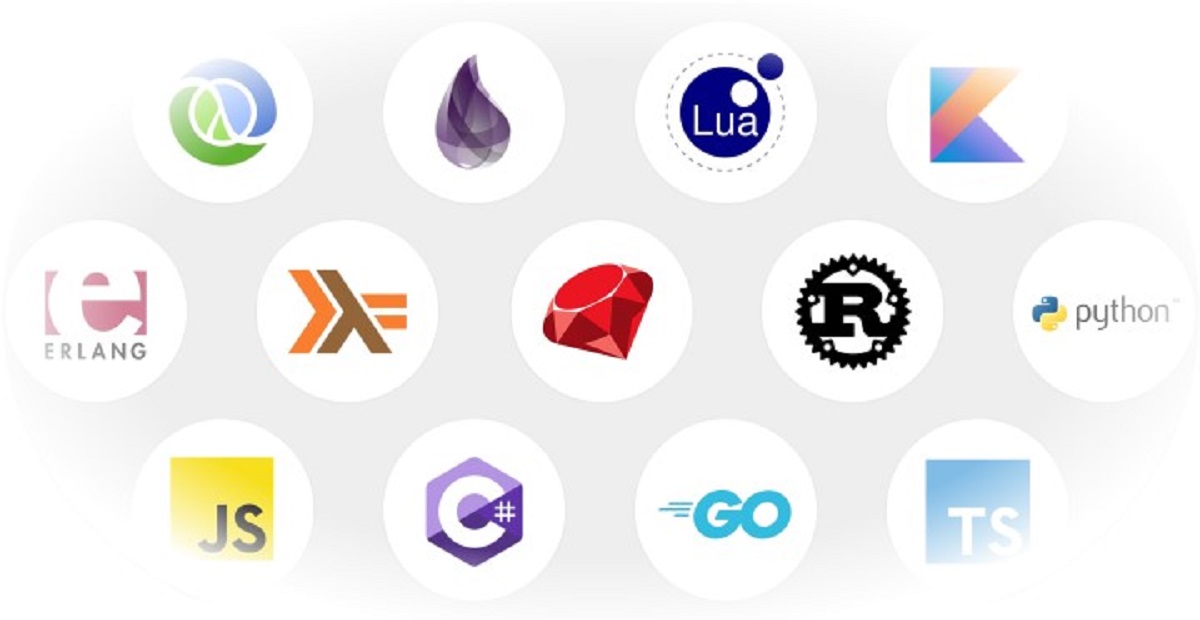“Between Ruby vs Python, which is better?” This is a common question being asked especially by aspirants who want to start from scratch in the world of computer programming or an existing developer who wants to acquire new skills.
However, there is no such thing as a better programming language. Why? Because every language has its attributes. But, in the battle between Ruby vs Python, both are similar but yet a rival language. As a newer generation in the programming world, these high-level, and server-side scripting language constantly evolved and diversified with the demands of the market. However, Ruby and Python boast on its similarities and critical differences as it caters to the demand of the market from static to high-performance software applications.
But some might asks, “Why is Python so popular?” Another question that would always boost Python developers’ ego and would immediately be answered with the same line of reasoning — Python has become an industry favorite among programmers. On the other hand, a hard-core Ruby developer will showcase the simplicity, and sometimes, the “magical” prowess of Ruby programming language to establish a rebuttal.
Therefore, the battle between these two languages is endless. To help newbies and professionals learn the basic difference between the two, let’s start by discussing its core attributes.


Ruby Programming Language
In order to know Ruby programming language, first, let’s start with its history. This programming language was designed by Japanese Computer Scientist Yukihiro “Matz” Matsumoto. It was then released in 1995. And one of its core attributions is it has tons of features intended for Web development. And mainly to impute its purpose of an object-oriented general-purpose programming language.
Ruby’s Functionalities
As mentioned earlier, the Ruby programming language hold the beacon of simplicity. Its patrons inculcate the philosophy that software is not developed to satisfy the specifications and requirements of the machine. Instead, the Ruby programming language is here to empower programmers and developers. The language does not focus on what the machine can do, but to allow programmers to use all the features of the language to accomplish the task in the best way possible.
Since its release for more than two decades ago, Ruby has been established as a multi-paradigm programming language. Plainly because it supports both procedural programming and functional programming. Also, Ruby is a dynamic and reflective programming language creating an enthusiastic community where developers follow its developments closely and help develop “gems”. In the Ruby community, “gems” is the term you’ll see wide across the libraries and sometimes applications and Integrated Development Environments (IDEs).
Ruby is always pro-developer as stated in its Principle of Least Astonishment (POLA). It always abides with the guiding principle that existing code, written in an elegant manner will less likely cause confusion to the developers.
Python Programming Language
Python is as a multi-paradigm programming language. Simply because it supports wide variations of programming, including – object-oriented programming, structured programming, functional programming, and aspect-oriented programming. So, to those who want to learn the language, this programming language may appear to be quite overwhelming. But the fact state otherwise. In fact, Python is quite easy to learn as it does not have a steep learning curve.
With the skyrocketing demand for Python developers, let’s recall how it all started. Guido Van Rossum first implemented it in 1989 and it finally appeared in 1990, however it gained its popularity in the 2000s. From that time on, it has diversified and emerged as an on-demand programming language creating a larger community of collaborators. Python is 5-year older than Ruby and its longevity in the market is another factor for its popularity.
Python’s Functionalities
What Python does is mainly to help developers run programs as fast as it offers the best readability for experienced programmers. Also, its easy coding for beginners like basic Python string operations. One thing that is worth to take note is many programmers prefer Python because of its flexible coding capabilities, just like creating the pseudo-codes. Another point is Python boasts on its strict layout using indentation and the absence of semicolons fully describe the code structure of the language.
The community of collaborators allows Python to thrive with its wide collection of libraries. The Python Package Index is the official repository of Python libraries that offers functionalities ranging from Graphical User Interfaces (GUIs), multimedia, web frameworks, databases connectivity, networking and communication, system administration, test frameworks, automation, text and image processing, scientific computing, and so on. Another factor of its popularity is its platform compatibility as it is bundled with common Linux distributions.


Ruby vs Python: Core Areas
The popularity of these new-generation programming languages is attributed to its core philosophies. One of which is to encourage beginners to explore it. Also, one of the reasons both languages has been successful is because of their core areas.
Let’s examine the core areas that both Ruby and Python are primarily associated with.
Quantum Comparison
The trend for global demand for custom software development makes Ruby suitable for Web development and functional programming. The tremendous vitality in the light of increasing global demand for web-enabled IT services and database driven website allows Ruby and its community for continuous development and enhancement of tools and frameworks. We will discuss the framework that is responsible for its popularity — Ruby on Rails (RoR) — in the coming section.
Though Python is not the first programming language to originate in the university arena, it has become a university friendly programming language as it is the favorite language used for Machine Learning, Robotics, and Data Science.
As data became highly valuable, there was a massive demand for Data Scientist professions. Data Science is the study of concepts and methods of data analysis, machine learning and statistics to derive an understanding and analysis of the data related phenomenon.
As to its concerning fields, Data Science is a discipline comprising of Mathematics, Statistics, Computer Science, and Information Technology. The partnership of Python with its libraries and Data Science subsequently created an overwhelming demand for developers who are expert in Python and its known frameworks.
Ruby vs Python: Developer’s Perspective
In respect to diversification, the developer’s perspective is also taken into considerations and in this case. Even though their perspective of Ruby vs Python can be quite distinctively different from the patron. However, dealing with developers alone can be a little bias as each developer will fight for what it believes to be right. As many developers tend to over sensationalize the battle between Ruby vs Python.
With the greater demand for full-stack development and the continuous usage of both languages at the back end development side; we figured, it is better to tackle the popularity of both languages in terms of skilled developers, courses and third-party vendors.
According to the software quality company TIOBE in its Index for September 2019, Python outranked Ruby as its stays in the 3rd place for quite some time. While Ruby stays at 15th ranked.
Work Cited: “TIOBE Index for September 2019.”
This index above generalized the preferences for most developers. So, if you’re a beginner and pondering which programming languaged and skills to acquire, you’ve got your answer. Same goes to business organization. Take a look at the index and make your strategic decision accordingly on what language to use in building a new software application.
Ruby vs Python: Battle of Frameworks
The battle between Ruby vs Python can be narrowed to the battle between its frameworks. And that includes the command utilities that helps developers in debugging and simulation options, to name a few. Generally, these languages are back end technologies that play a vital role in every aspect of software development.
However, since Ruby is open-source and it has its biggest strength — it’s Ruby on Rails (RoR) framework. And the introduction of this framework popularized the language immensely after its release in 2005.
Ruby Framework
Developers use Ruby strongly as an object-oriented language. The Ruby coding gives emphasis on every value including classes, instances of types and even methods are treated as objects. Just like any other programming languages, it is better to start with learning the Ruby syntax. Since Ruby is a high-level language, most of its syntax and reserved keywords are associated with the English words.
The simplicity of RoR provides a great advantage in terms of ways to write and run Ruby script. It can be Interactive Ruby (IRB) that placed programmers in an interactive Ruby session.
The second is the Rake method which is one of the powerful build utilities for Ruby. Another way is through Ruby file, which simply writes the script into a Ruby file. Lastly, is the Command-Line Script which behaves like a shell script. Plus, all ruby files have an extension of .rb.
Python Framework
In the case of huge database-driven web application development, Python relies on its robust and excessively powerful framework — Django. This framework has tremendous popularity in the Python community because it answers to the dire need of providing quality and high-speed results on the users’ side.
The power and performance of Django matched the unprecedented demand for a high-speed heavy web application that the market needs. Django developers experienced the full gamut of Python potential as it can achieve less time production with accurate results.
Another thing you should take note is Django’s capability to support higher productivity to develop a modern web application. It thrives in its responsive web design through HTML5, CSS3, and JQuery for user satisfaction. With the immense popularity of cloud storage, Django enables web developers to integrate cloud storage services such as Azure and AWS to their web apps.
Thus, Django is a productive framework ready to produce highly reliable, scalable and optimized web applications with lesser time and effort.


Ruby vs Python: Major Applications
Applications for Ruby
“What can Ruby do?” asked a newbie in the field of software development. The very basic answer to this question is to cite major applications that use the Ruby language. Actually, there are quite a lot of companies. That’s because developers used Ruby code for rapid development. Hence, it promotes the widespread popularity in the tech world.
It was said that without RoR, Ruby is nothing thus there are just as many websites built using RoR in the industry today. Major notable names include Github, Airbnb, Basecamp, and Kickstarter to name a few. RoR is a great aid in maintaining and avoid problems with migration which truly fits the requirements for Github. As we all know, Github is the most popular code repository for software developers. It has been serving millions of collaboration among developers for over ten years now.
RoR allows fast launching of web application which is the primary requirement of Airbnb. The Ruby script made Airbnb the most popular RoR web application among tourists and travelers worldwide. The various options of accommodations need a fast and reliable web application design that is currently using Ruby on Rails.
The complexity of software development fuel the needs for project management and collaboration tool. Focusing on the niche, Basecamp is another success web application with the use of RoR. It allows easy update in terms of the latest functionality. Thus, coincide with the goal of Basecamp to efficiently manage task delegation, progress monitoring, organizational structure, documentation, scheduling, etc.
The simplicity of RoR enables web applications to save money during production. This attribute fully aligned with the goal of crowdfunding like Kickstarters. Without RoR, Kickstarter will not be able to produce famous projects such as Petcube and Oculus Rift to name a few.
Applications for Python
On the other side of the arena, the question “What is Python?” is thrown and can be answered with how Python shares the limelight with notably famous applications such as Instagram, Pinterest, Disqus, and Spotify to name a few.
Work Cited: “Top Seven Apps Built With Python”. Hackernoon, 21 January 2019.
Tips on Choosing between Ruby vs Python
Here is an interesting tip to help you choose between the battle of Ruby vs Python. For beginners, if you have a job or client that needs Ruby, learn Ruby first. If you are not in a hurry, learn Python first.
Take into consideration the difference between Python 2 and Python 3 as well. This is a great help and if you are new to this profession, start with the latest version which is Python 3.
Conclusion
For seasoned programmers, Ruby or Python is not the first programming language that they use but with its unprecedented popularity, many software developers show a lot of interest. It is not too late for beginners either. They can start learning using interesting Python or Ruby programming examples from the Web.
For web development, Ruby has Rails and Python has Django as discussed earlier. However, it is important to note that these two languages and their corresponding frameworks do not work well with mobile applications.
In the previous years, Ruby established enormous popularity from 2010-2016. However, the industry is trending towards Python as shown in our reference from TIOBE.
Despite the distant percentage of popularity between the two languages, they offer almost the same solution, remember, they are similar but with critical differences. Which language to use is not a debatable question. Instead, try to focus on which language is the best suit for your project.
Want to know more about Python? Click here to see the comparison between Java vs Python.







